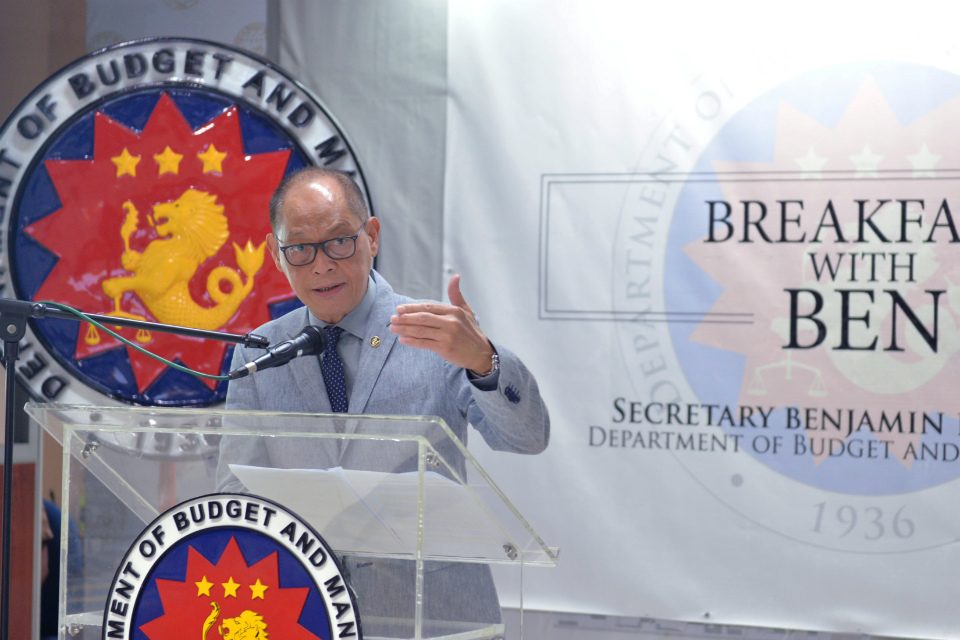SUMMARY
This is AI generated summarization, which may have errors. For context, always refer to the full article.

MANILA, Philippines – Government revenue collection vis-à-vis spending narrowed fiscal deficit to P193 billion, due to improved collections thanks to the tax reform law.
The “better-than-expected” mix of expenditures and revenue resulted to a narrow fiscal deficit, 27% lower at P71.3 billion – below the P264.3 billion program for the first half of the year.
Budget Secretary Benjamin Diokno on Wednesday, August 1 attributed the higher collection to the implementation of the Tax Reform for Acceleration and Inclusion (TRAIN) law, due to higher disposable income. (EXPLAINER: Why the government is pushing for 2nd TRAIN package)
“Revenue collections also beat the program by P105.7 billion or 8.1%, as it reached P1.411 trillion in the first half of the year,” Diokno said on Wednesday, August 1 in his weekly media briefing.
A budget deficit for the government happens when it spends more money (expenses) than it collects (revenues from taxes). On other ther surplus means there is more revenue collected than spent. Both are indicators of an economy’s financial health.
Despite the P71.3-billion surplus, Diokno said that disbursements for the half of the year accelerated to another high at P1.6 trillion, surpassing the programmed expenditure by P34.4 billion.
“This [spending] performance is unprecedented because we are ahead of the fiscal program for the first time in history,” Diokno said.
For 2018, the economic team of President Rodrigo Duterte has set a budget deficit cap of P523.6 billion, which is equivalent to 3% of the country’s gross domestic product.
The Bureau of Internal Revenue’s target collections for the year is at P2.039 trillion.
Higher disbursements
Government disbursements reached P1.6 trillion, or 20.5% higher than the P1.33 trillion in the same period in 2017.
Disbursements for infrastructure hit P352.7 billion as of June, which is higher than the programmed spending for the first half of the year by P14.4 billion or 4.3%.
Compared to the first semester of 2017, the government only spent P241.1 billion.

“This quicker spending should translate to more classrooms for our students, better transport systems for our commuters, improved health and social protection programs for the poor, and improved overall public service provision,” the budget chief added.
According to Diokno, public works projects such as upgrading and maintenance of road networks, repair of classrooms, acquisition of medical equipment, and rail transport and purchase of airport security equipment contributed to higher spending.
DBM said that personnel services also contributed to higher disbursements at P460.5 billion, due to the release of retirement and pension benefits to the police and the military.
In 2016, the Court of Appeals ruled that the budget department pay the Philippine National Police P3.9-billion worth of pension differentials for the retirees of the defunct Integrated National Police.
Under the government’s fiscal program, disbursements for the 2nd quarter of 2018 were pegged at P813.3 billion. Spending from April to June reached P831.6 billion, higher than planned by P18.3 billion or 2.25%.
Spending for the 1st quarter of 2018 reached P755.8 billion, exceeding the target by P26.6 billion or 3.5%. – Rappler.com
Add a comment
How does this make you feel?
There are no comments yet. Add your comment to start the conversation.